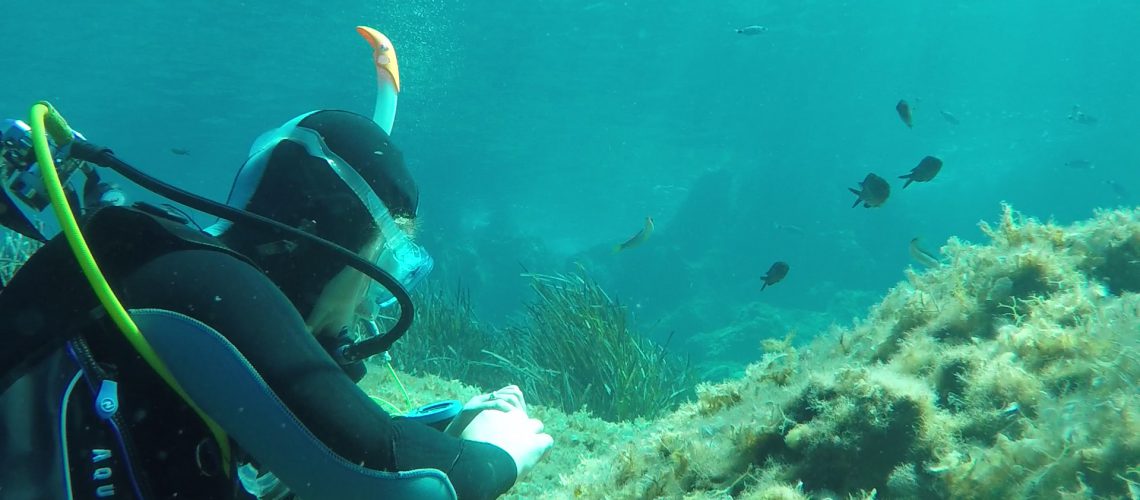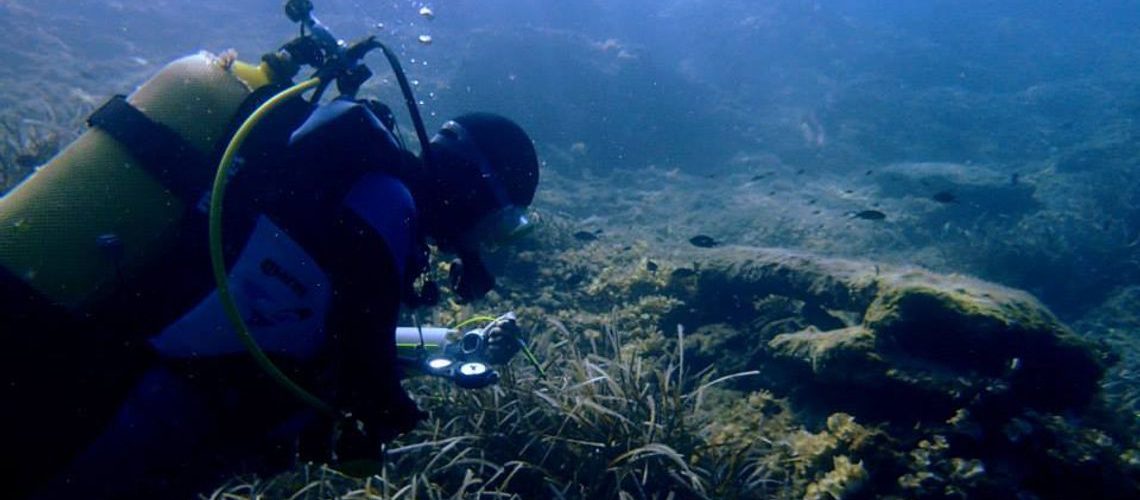
Collected baseline data in the research through 2014 and 2015, where we studied habitats and tested methodologies, were an excellent foundations for the implementation of two complementary projects: „Establishemnt of monitoring protocol for no-take zones in Lastovo Islands Nature Park and Mljet National Park" „Establishemnt of monitoring protocol for no-take zones in Telašćica Nature Park , Kornati National Park and Brijuni National Park “. Project activities included an extensive research on the condition of the infralitoral fish community in the areas proposed for the no-take zones in each MPA. The estimation of the state of fish community was done with the data collecte on species composition, abundance and estimated size for the purpose of obtaining biomass estimation. Research was done by a non-invasive UVC method. Along with the status of fish communities, important indicators needed to be monitored, like the state of habitat - the community of infralitoral algae and...

Numerous methods are used to evaluate the condition of fish stocks and fish communities in the infralitoral. Frequently used non-invasive research methods are Underwater Visual Census (UVC) and Baited Remote Underwater Video System (BRUVS). Such methods of research are suitable for marine protected areas MPAs), and are an important tool for assessing the effectiveness of their protection. Such surveys, with habitat mapping, were carried out in the Croatian MPAs: National Park Mljet and the Nature Park Telascica, where colleagues from the University of Palermo joined us. Locations included in the research are locations of potential future no-take zones. We mapped marine habitats at locations of future no-take zones, and photographed the seabed for the purposes of monitoring the changes. We also set temperature data loggers. By exploring the fish communities, we have been able to compile a list of species of fish present in the parks and evaluate their abundance....
2025 © Marine Explorers Society 20.000 leagues. ALL Rights Reserved.
